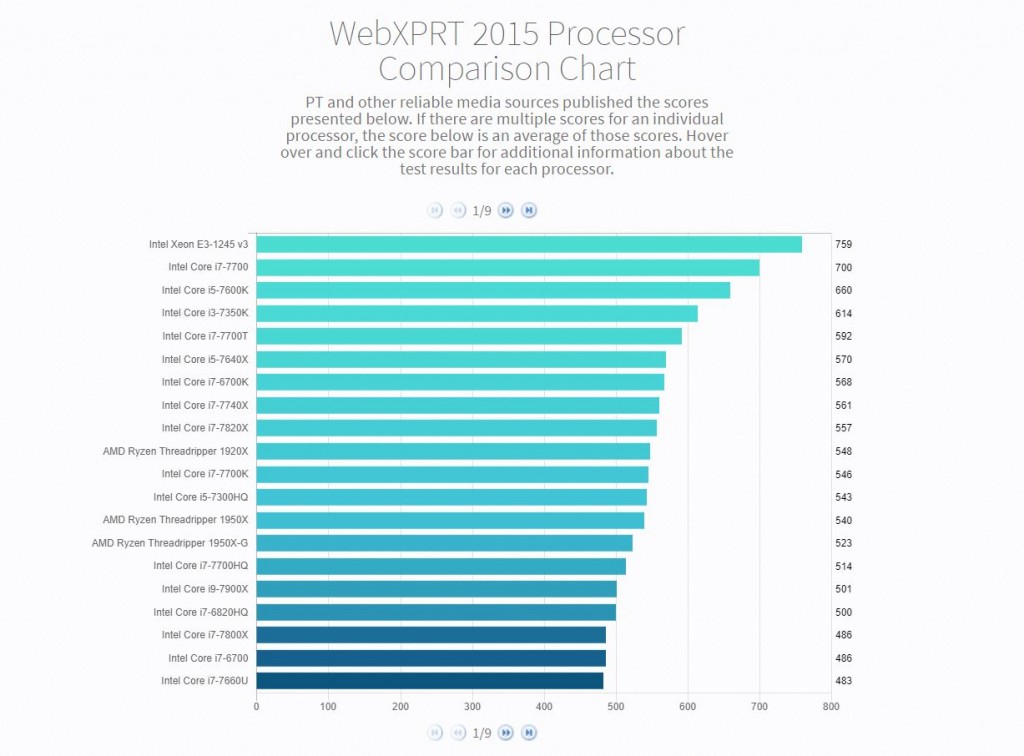We’ve written before about how the operating system and other software can influence test scores and even battery life. Benchmarks like the XPRTs provide overall results, but teasing out which factors affect those results may require some detective work. The key is to collect individual data points as evidence to what may be causing performance changes.
The Apple iOS 11 rollout last month is an excellent example of the effect of software on device performance. Angry tweets started almost immediately after the update, claiming that iOS 11 drained device batteries. iPhone users here at PT experienced similar issues. What was the cause of that performance drop? The hardware remained the same. So, did software cause the problem?
Less than a week after the rollout, Mashable published an explanation of possible causes. The article quotes research from mobile security firm Wandera showing that, for the 50,000 “moderate to heavy iPhone and iPad users” in the study, devices running iOS 11 burned through their battery at much faster rates than the same devices running iOS 10. They cite two possible causes:
- devices often re-categorize the files stored on them for every new OS install, which may account for some of the battery issues.
- many apps are not optimized for iOS 11 yet.
While these explanations make sense, with a little more digging, we could get closer to actually solving the mystery instead of guessing at the causes. After all, it is also possible that people are using iOS 11 differently from iOS 10. So, how could a dedicated sleuth investigate further? Anyone using benchmarks and hands-on testing to sift through various scenarios and configurations could get us closer to solving this mystery and any other software-based performance anomalies. But it’s a daunting task—changing only one variable at a time and recording the results is like pounding the streets and knocking on doors to solve a case.
In all likelihood, some combination of Apple iOS updates and application changes will improve the battery life for iOS 11. In the meantime, we wish we had an XPRT that could test battery life on iOS. Who knows, maybe some future version of WebXPRT will be able to help in future sleuthing.
Eric













